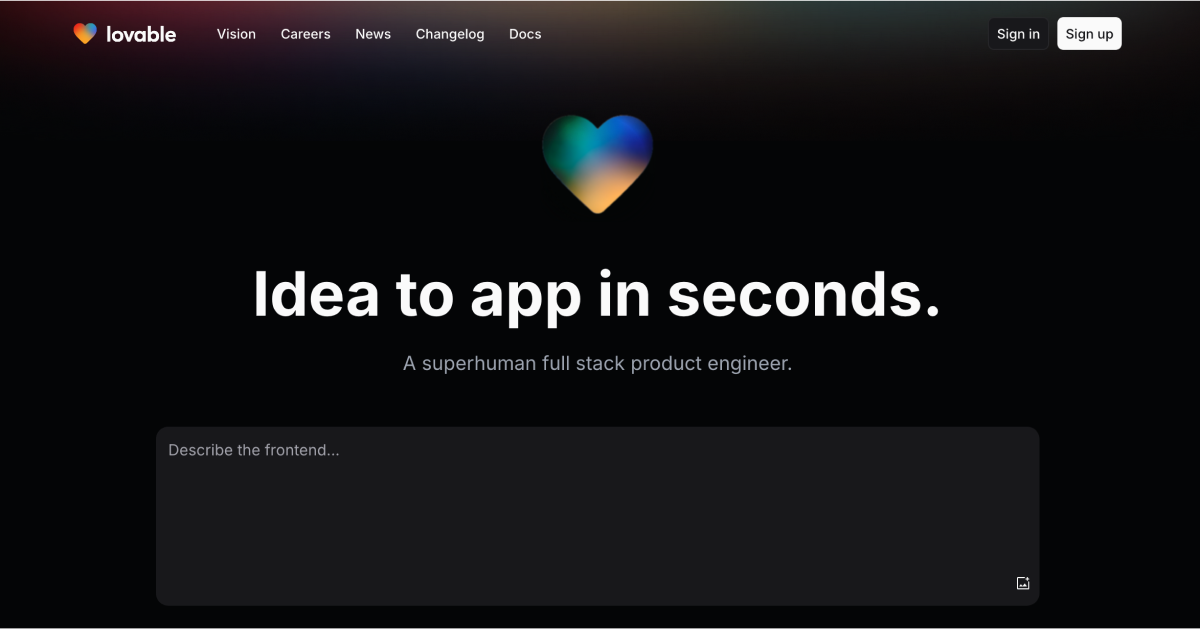Establishing a Vulnerability Disclosure Program: A CISO's Perspective

Alright team, let's talk about establishing a robust Vulnerability Disclosure Program (VDP) for our website. From my perspective as CISO, this is a critical step in bolstering our overall security posture and demonstrating our commitment to protecting our users and data.
First and foremost, why are we even considering a VDP? It’s simple: we can't catch every vulnerability ourselves. Ethical hackers and security researchers can act as a valuable extension of our security team, providing an external perspective and potentially identifying weaknesses we might have missed. Implementing an effective VDP carves out a global channel for these vulnerability reports, allowing us to proactively address potential risks. Furthermore, in 2025, having a VDP is increasingly viewed as a sign of a mature and trustworthy organization in cybersecurity terms, enhancing community trust and transparency. Many standards and security frameworks now expect organizations to have a defined process for vulnerability intake, so this also aids in compliance.
The first key step is preparation and policy development. We need to gain executive support, as this initiative will touch various teams, including legal, engineering, and communications. Our policy document will be public-facing and needs to be clear and not overly technical, demonstrating our commitment to security and collaboration.
Here are the crucial elements we need to define in our VDP policy:
- Purpose/Promise Statement: Clearly articulate why we have a VDP and its importance, demonstrating our commitment to our stakeholders.
- Authorization (Safe Harbor): This is critical. We need to include a statement indicating that we will consider security research conducted in good faith and in compliance with our policy as authorized, and that we will not recommend or pursue legal action related to such research. CISA strongly encourages keeping their suggested language for this section. We should also state that we will make this authorization known should a third party initiate legal action.
- Scope: We must clearly define which internet-accessible systems or services are in scope for testing and which are out of scope. Initially, we might start with a limited scope and expand it over time. We also need to describe the types of testing that are allowed and specifically not authorized. If we use managed services, we must confirm that the vendor has authorized such testing.
- Reporting a Vulnerability: We need to provide precise channels for submissions, such as a dedicated email address (e.g., security@ourwebsite.com) or a web submission form. We should request specific information in the report, such as a description of the vulnerability, its location, potential impact, steps to reproduce, and any proof of concept code. It’s crucial to allow vulnerability reporters to submit anonymously and not require personally identifiable information, although we can request it voluntarily. We should also pledge to be as transparent as possible about our remediation process and set expectations for when reporters can anticipate acknowledgement. We may also want to include a statement clarifying that submissions imply no expectation of payment and a waiver of future pay claims against the organization.
- What we would like to see from you: Provide guidance on what constitutes a helpful report, such as the vulnerability's location, potential impact, and detailed steps to reproduce.
- What you can expect from us: Outline our commitments, such as acknowledging receipt of the report within a reasonable timeframe (e.g., 3 business days), confirming the vulnerability's existence, and being transparent about our remediation steps.
https://cyberinsurancecalc.com/
Next, we need to think about our internal processes for handling these reports. This includes:
- Secure Reporting Channels: We need to establish the contact method defined in our policy. Using a dedicated email address is a good starting point. We should also consider providing PGP encryption for reporters who wish to submit sensitive information securely.
- Use of a VDP Platform: We should seriously consider using a specialized platform like HackerOne or Bugcrowd. These platforms provide a ready-made portal for researchers, secure communication channels, and workflow tools for our internal team. They can also enforce structured report intake and provide analytics. For government entities, CISA offers a VDP platform as a shared service.
- Validation and Triage: We need a process to triage incoming reports, assess their validity and severity, and prioritize them for remediation. We need to determine who on our team will be responsible for this initial assessment.
- Integration with Ticketing: A crucial modern best practice is integrating the VDP with our existing security and development tools. We should set up an integration so that a new validated vulnerability report automatically triggers an internal ticket in our tracking system (e.g., JIRA). This ensures the vulnerability is treated like any other defect in our development pipeline. Many VDP platforms offer APIs for this seamless integration.
- Remediation Workflow: We need to define how a validated vulnerability will flow into our existing bug fix process, assigning it to the appropriate engineering team and tracking it to closure. This is essentially establishing a mini incident response workflow specifically for external vulnerability reports.

Once the policy and internal processes are in place, we can move to launch and announcement.
- Publish the Policy: We need to make the VDP page live on our website, ideally at a consistent and easy-to-find location (e.g., "/vulnerability-disclosure-policy" as recommended by CISA). We must double-check that all contact information and links are correct.
- Announce the Program: It's wise to publicly announce our new VDP through a blog post, press release, or social media. This signals our commitment to security, invites reports, and aligns with modern security expectations. The announcement should provide a link to the policy and explain why this effort is important. We should also consider engaging the researcher community by sharing the news in relevant forums.
This isn't a one-time effort; continuous improvement is key.
- Collect Metrics: We need to track data on the VDP's performance, such as the number of reports received, valid vulnerabilities, false positive rate, and average time to acknowledge and remediate. Monitoring these metrics will help us identify trends and demonstrate the program's value to executives and potentially regulators. Many VDP platforms provide built-in analytics for this.
- Scope Expansion and Incentives: As the program matures and our processes are refined, we can consider expanding the scope to cover more of our assets. We might also consider introducing incentives or a full bug bounty program for high-severity findings to further encourage engagement. This phased approach, starting with a VDP and potentially moving to a bug bounty, is becoming increasingly common.
Finally, we must always be mindful of legal risks and ethical considerations. Our safe harbor statement in the policy is crucial for providing researchers with assurance. We need to ensure that all research activities conducted under our VDP are in good faith and adhere strictly to the policy's scope and permitted actions.
By taking these steps, we can build a comprehensive and effective Vulnerability Disclosure Program that will significantly enhance the security of our website and demonstrate our commitment to our users. This isn't just about ticking a box; it's about fostering a collaborative approach to security and leveraging the expertise of the broader security community to make our digital assets more resilient.

Blue Team Tools (Organization Perspective)
These tools help organizations manage, triage, remediate, and track vulnerabilities reported through the VDP:
VDP & Bug Bounty Management Platforms
- HackerOne: Centralized platform to handle vulnerability reports, triage workflows, and researcher communication.
- Bugcrowd: Bug bounty and VDP management, triage automation, and community engagement.
- Synack: Managed VDP and penetration testing services.
- Intigriti: Vulnerability management and researcher collaboration platform.
- YesWeHack: Bug bounty and VDP management platform with European compliance emphasis.
- Open Bug Bounty: Free, community-driven platform for vulnerability disclosure management.
Vulnerability Management & Tracking
- JIRA: Issue tracking and remediation workflow integration.
- ServiceNow Security Operations: Vulnerability response tracking, integration with IT workflows.
- Kenna Security (Cisco): Vulnerability prioritization, risk scoring, and SLA management.
- Tenable.io / Tenable.sc: Continuous vulnerability scanning and management.
- Qualys VMDR: Continuous asset discovery and vulnerability prioritization.
- Rapid7 InsightVM: Vulnerability assessment, risk prioritization, and remediation tracking.
Security Information & Event Management (SIEM)
- Splunk Enterprise Security: Real-time vulnerability correlation and alerting.
- Microsoft Sentinel: Cloud-native SIEM integration with vulnerability management.
- IBM QRadar: Advanced analytics and automated vulnerability insights.
Automation and Integration
- n8n / Zapier: Workflow automation connecting VDP reports to tracking and remediation systems.
- TheHive: Incident management and collaboration platform for security teams.
- Demisto (Palo Alto Cortex XSOAR): SOAR (Security Orchestration, Automation, and Response) tool for automating response and remediation.
Vulnerability Validation
- Burp Suite Enterprise: Internal verification of reported vulnerabilities.
- OWASP ZAP: Quick validation and confirmation of externally reported web vulnerabilities.
- Intruder: Automated vulnerability scanning and continuous security assessment.
Asset Discovery and Inventory
- Axonius: Asset inventory and vulnerability context management.
- Rumble (now runZero): Rapid asset inventory, identification, and coverage analysis.
Communication and Collaboration
- Slack / Microsoft Teams: Real-time notifications of incoming reports and collaboration on triage.
- SecureDrop: Secure communication for highly sensitive vulnerability reports.
- Signal / Wire: End-to-end encrypted messaging with reporters (for sensitive reports).
Metrics, Reporting & Compliance
- Power BI / Tableau: Dashboard creation for reporting VDP metrics (response time, severity distribution, MTTR).
- Google Data Studio: Free dashboards for visualizing program metrics.
- Drata / Vanta: Compliance tracking and evidence management, including VDP coverage for audits (SOC 2, ISO 27001).









